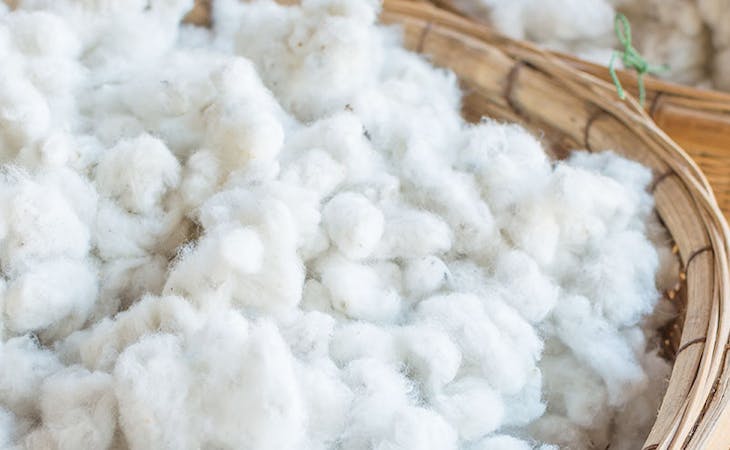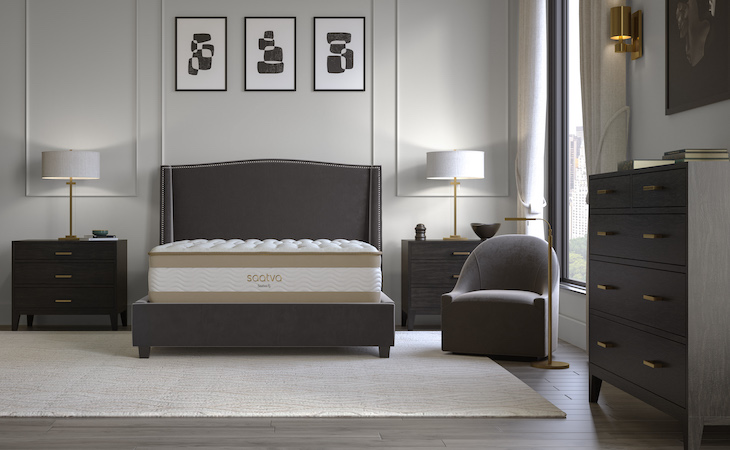If a mattress is certified by a third party to be free of harmful chemicals, you can have confidence that your purchase is good for you and the planet. Your sheets and pillowcases may also carry third-party certifications letting you know the materials are free of irritants.
Here are the most important third-party certifications to look for when you’re shopping for a new mattress or bedding.
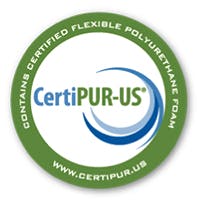
CertiPUR-US®
Foams that are certified by CertiPUR-US®1 are guaranteed to be low in volatile organic compounds (VOCs), so you don’t have to worry about them off-gassing in your home. (Off-gassing is responsible for that icky “new mattress” smell.) CertiPUR-US®-certified foams are also guaranteed to be free of ozone depleters; PBDEs, TDCPP, and TCEP flame retardants; mercury, lead, and other heavy metals; formaldehyde; and phthalates.
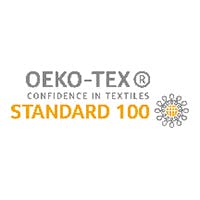
OEKO-TEX
The OEKO-TEX Standard 100 is the internationally accepted standard for certifying textiles and home furnishings. Materials like foam, latex, and cotton that carry the OEKO-TEX Standard 100 seal have been tested to ensure they’re free of toxic chemicals.
Related: How eco-friendly is your mattress?

GreenGuard
GreenGuard tests mattresses for VOC emissions and only gives its seal of approval to products that adhere to its strict chemical emissions limit. The GreenGuard Gold certification means a mattress has met even more stringent emissions standards.
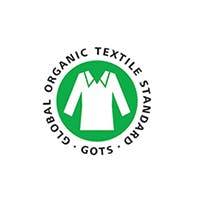
Global Organic Textile Standard
If a product calls itself organic and has the Global Organic Textile Standard (GOTS) symbol on its packaging, that means it’s made with at least 95% organic fibers. To receive a GOTS certification, a product must also meet certain environmental criteria. For example, all chemicals, including dyes, must be evaluated and meet basic requirements on toxicity. (Learn about the difference been organic and conventional cotton.)
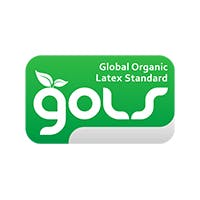
Global Organic Latex Standard
For latex to hold the Global Organic Latex Standard (GOLS) symbol, it must contain more than 95% certified raw organic material. It must also adhere to GOLS limits on harmful chemicals, fillers, and emissions. GOLS tracks latex throughout the supply chain, from harvest to final product, to ensure it is manufactured sustainably.
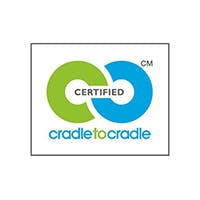
Cradle to Cradle
A textile with the Cradle to Cradle Certified seal has to meet the standards in five sustainability categories: material health, material reuse, renewable energy and carbon management, water stewardship, and social fairness. Cradle to Cradle will award basic, bronze, silver, gold, or platinum for each category and use the lowest category achievement as the overall certification level for a product.
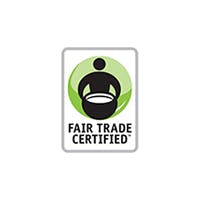
Fair Trade
Fair Trade USA‘s goal is to reduce poverty around the globe and promote sustainable development. Fair Trade Certified factories are monitored and assessed regularly to ensure workers’ safety, and they also have policies in place that allow workers to use their voices to negotiate with management or address a grievance. Raw materials, like cotton, are also traced from their origin to their destination to make sure Fair Trade standards are upheld every step of the way-that means waste is minimized during production and dangerous pollutants and chemicals aren’t used during the manufacturing process. (Read our guide to Fair Trade to learn more.)
Shop mattresses that are nontoxic and eco-friendly at Saatva
Saatva offers a wide range of high-quality mattresses that meet the highest standards for health, safety, and sustainability. For example, the foams we use in our mattresses are all CertiPUR-US-certified, while the latex in our mattresses is GOLS-certified. Take our mattress quiz to find your perfect match and start experiencing better sleep.
- CertiPUR-US® is a registered trademark of the Alliance for Flexible Polyurethane Foam, Inc. ↩︎





